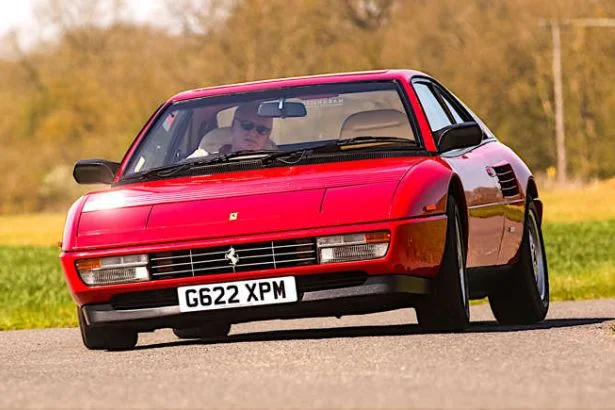5 Sporting Cars That Missed the Mark
Intro,
In the world of automotive engineering, the pursuit of creating exhilarating and performance-oriented vehicles is a constant endeavor. However, not every sporting car lives up to the hype and expectations. Today, we’ll explore five iconic models that, despite their intentions, fell short of delivering the thrills they promised, leaving enthusiasts yearning for more. Join us as we delve into the stories behind these unfulfilled dreams on four wheels.
MG VA (1937)
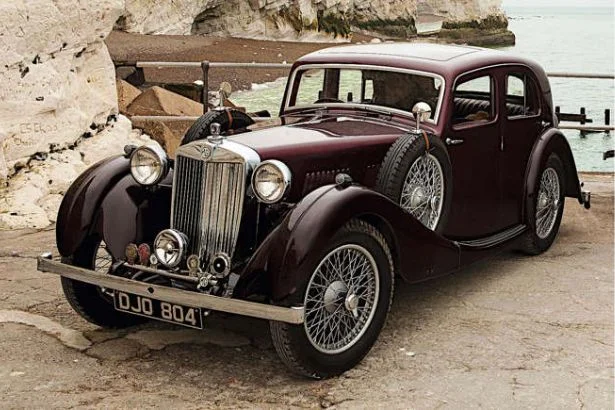
Disappointingly Sedate Sportster The MG VA, introduced in 1937, was meant to carry the torch of the brand’s sporting heritage. However, with its modest 1.5-liter, four-cylinder engine producing a mere 54 horsepower, the VA fell short of delivering the excitement craved by enthusiasts. While praised for its smoothness, road holding, and brakes, the VA’s lackluster performance left many questioning its sporting credentials. Nevertheless, its timeless charm and respectable sales figures solidified its place in MG’s history.
Chevrolet Corvette (1953)
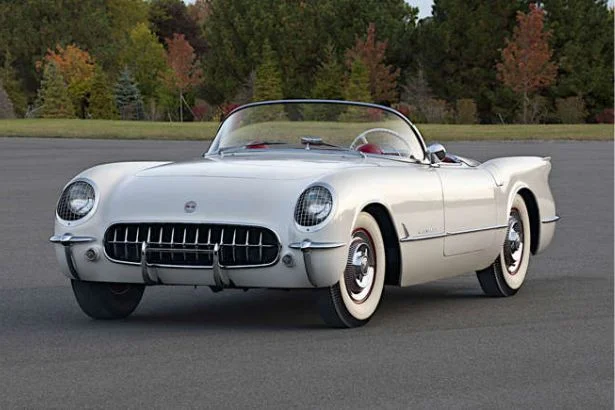
Slow Start for an American Icon The Chevrolet Corvette, now an iconic sports car, had a rather underwhelming debut in 1953. Initially powered by a 3.9-liter straight-six engine producing a meager 148 horsepower, the first-generation Corvette failed to capture the hearts of true enthusiasts. It wasn’t until the introduction of the 4.3-liter small-block V8 in 1955, offering a more respectable 194 horsepower, that the Corvette began to show its true potential. This pivotal moment transformed the Corvette from a lukewarm performer into a car that would become a symbol of American muscle and performance.
Mercedes-Benz 190SL (1955)

An Elegant Compromise The Mercedes-Benz 190SL was marketed as an “elegant and sporty two-seated GT car” rather than a true sports car. While its sleek lines and premium quality were undeniable, the 190SL’s 1.9-liter, four-cylinder engine, producing less than half the power of the iconic 300SL, left enthusiasts yearning for more. However, its affordability and success in the American market, with over 25,000 units sold, cemented its place as a stylish and accessible alternative to its more powerful sibling.
Porsche 912 (1965)
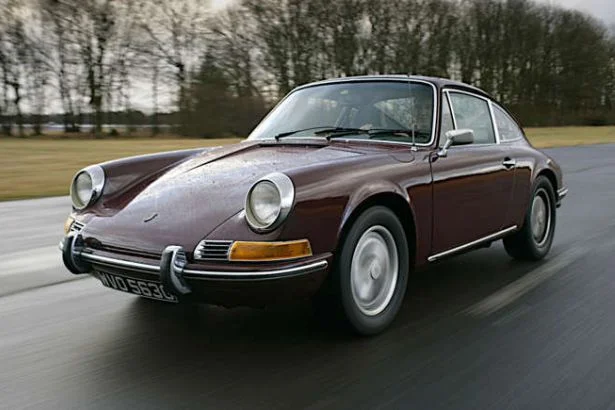
Budget-Friendly Porsche with a Polarizing Sound Introduced as an entry-level model after the discontinuation of the Porsche 356, the 912 shared the iconic 911 silhouette but was powered by a 1.6-liter, four-cylinder engine. While more affordable than its six-cylinder counterpart, the 912’s underwhelming performance and distinct Volkswagen Beetle-like sound polarized enthusiasts. Nevertheless, its popularity, with over 30,000 units sold in just four years, demonstrated Porsche’s ability to cater to a broader range of buyers while maintaining its iconic styling.
De Tomaso Mangusta (1967)
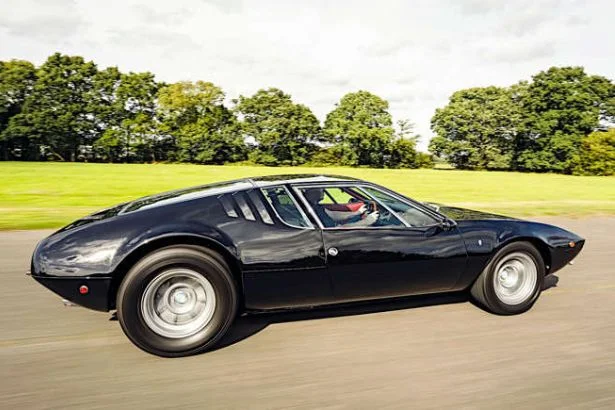
Stunning Exterior with Handling Woes The De Tomaso Mangusta, with its striking Italian design and Ford-sourced V8 power, promised a thrilling driving experience. However, from its inception, the Mangusta faced criticism for its wayward handling, attributed to factors such as excessive rear weight bias, insufficient chassis stiffness, and flexibility in the rear subframe mounts. Despite its impressive looks, the Mangusta’s dynamic shortcomings ultimately led to its short production run, paving the way for the more successful and refined Pantera in 1971.
Insights from Automotive Experts
In the world of high-performance vehicles, the pursuit of perfection is a constant challenge. Renowned automotive journalists and experts alike understand the complexities involved in creating a well-rounded sporting car. They emphasize the importance of striking a delicate balance between power, handling, and driver engagement, while also considering factors such as affordability and practicality.
As one industry expert puts it, “A truly great sporting car is not just about raw performance figures; it’s about how all the elements come together to deliver an exhilarating and confidence-inspiring driving experience.” This holistic approach is what separates the icons from the underwhelming, and it’s through the critical analysis and feedback from these experts that automakers can continuously refine and improve their offerings.
Conclusion.
While the five cars discussed in this article may have fallen short of delivering the pure sporting thrills they promised, their place in automotive history is secure. Each model, in its own way, contributed to the evolution of the sports car segment, serving as a learning experience for manufacturers and paving the way for future triumphs. As the pursuit of automotive excellence continues, enthusiasts can look forward to witnessing the birth of new icons that will redefine the boundaries of performance and driver satisfaction.
Complete Address:
Automotive Enthusiast Magazine
123 Motor Avenue
Performance City, CA 12345
United States






